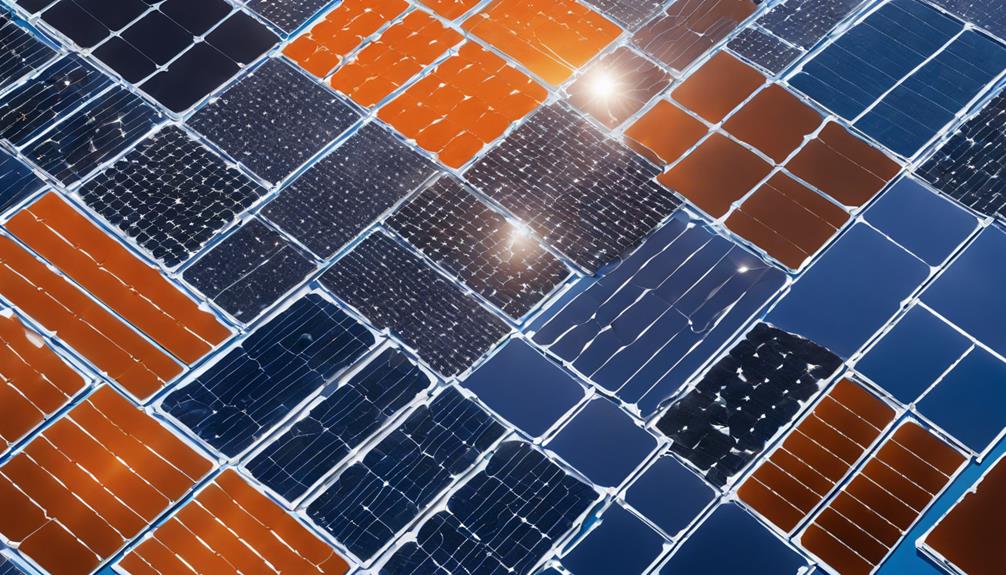
As the world increasingly shifts towards renewable energy sources, solar panels have become a common sight on residential rooftops. While these installations offer numerous benefits, such as reducing electricity bills and minimizing carbon footprints, there are growing concerns about how solar panels on roofs make homes more vulnerable to storms. In this article, we will explore this topic in-depth, examining the various factors at play and providing homeowners with crucial information to consider.
Understanding the Installation of Solar Panels
The process of installing solar panels involves securing the panels to the roof using a mounting system designed to withstand various weather conditions. However, improper installation can lead to vulnerabilities. Homeowners must ensure that qualified professionals conduct the installation, as inadequate sealing and fastening can create points of weakness. When storms hit, these weak points may become problematic, leading to leaks or even the detachment of panels. Understanding the significance of quality installation is crucial for mitigating potential risks associated with solar panels on roofs.
Storms and Their Impact on Roof Integrity
Severe weather events, such as hurricanes, tornadoes, and heavy thunderstorms, can have devastating effects on residential roofs. Wind gusts can reach speeds of over 100 mph, which can lift and dislodge poorly secured solar panels. Moreover, hailstorms can cause physical damage to the panels themselves, potentially leading to costly repairs. Homeowners should be aware of their local weather patterns and the risks posed by storms in their area. Taking proactive measures, such as reinforcing the roof structure and ensuring proper installation of solar panels, can help enhance resilience against storm damage.
The Role of Roof Material in Storm Vulnerability
The type of roofing material plays a significant role in how well a home can withstand storms, especially when solar panels are installed. For instance, asphalt shingles may not hold up as well under severe conditions compared to metal or tile roofing. When solar panels are mounted on less durable materials, the risk of damage increases during extreme weather events. Homeowners must consider the compatibility of their roofing material with solar panel installations. Upgrading to more robust roofing options can provide added protection and improve the overall resilience of the home against storms.
Wind Resistance Ratings for Solar Panels
Not all solar panels are created equal when it comes to resistance against wind and storm conditions. Many manufacturers provide wind resistance ratings for their products, indicating how well the panels can withstand high winds. Homeowners should look for solar panels with high wind resistance ratings, particularly if they live in regions prone to severe storms. Additionally, it is vital to ensure that the mounting system used is designed to meet or exceed these ratings. Investing in high-quality materials and systems can significantly reduce the likelihood of damage during storm events.
Enhancing Roof Stability with Solar Panels
While concerns about storm vulnerability exist, it is important to note that, when properly installed, solar panels can actually enhance roof stability. The additional weight of solar panels can provide a counterbalance to wind uplift, stabilizing the roof structure in high winds. However, this benefit only applies if the installation is executed correctly and if the roof is structurally sound. Homeowners should consult with roofing and solar professionals to assess their roof’s condition before installation, ensuring that it can adequately support both the solar panels and the stresses of storm conditions.
Insurance Considerations for Solar Panel Installations
Homeowners with solar panels should also consider how these installations affect their insurance coverage, especially in storm-prone areas. Some insurance policies may not fully cover damage to solar panels caused by storms, while others may require additional riders or endorsements. It is essential to communicate with your insurance provider to understand the specifics of your policy and ensure adequate coverage. This proactive approach can provide peace of mind, knowing that you are protected against potential financial losses resulting from storm damage to solar panels on your roof.
Regular Maintenance and Inspection
To minimize vulnerabilities associated with solar panels on roofs, regular maintenance and inspection are crucial. Homeowners should schedule periodic checks to ensure that the panels are securely fastened, and the mounting systems are in good condition. Additionally, inspecting the roof for any signs of wear or damage can prevent more significant issues down the line. After severe weather events, it’s advisable to conduct a thorough inspection to identify any potential damage early. By staying vigilant, homeowners can maintain the integrity of their solar panel installations and their roofs, reducing the risk during storms.
Conclusion: Weighing the Risks and Benefits
In conclusion, while solar panels on roofs offer substantial benefits for energy savings and environmental impact, they can also introduce vulnerabilities during storm conditions. Homeowners must consider various factors, including installation quality, roof material, and maintenance practices, to minimize risks. By understanding the potential hazards and taking proactive measures, homeowners can enjoy the benefits of solar energy while ensuring their homes remain resilient against the forces of nature. Ultimately, a well-planned and executed solar panel installation can enhance a home’s stability and safety, even in storm-prone areas.





